Growing up, I didn’t travel much. And by much, I mean not at all.
My mom was a single mom for a good chunk of my childhood. I have great memories of going to Virginia Beach in the summertime, but that was about it. But I have had the travel bug since I was little, and I can still remember plowing through copies of National Geographic my mom had kept on shelves in our guest bedroom upstairs.
Infinitely curious; I was always trying to figure out when I would get the chance to explore these places for myself one day. When I had the chance to study abroad in Spain during university at the tender age of 19, any free moment and any extra dollars I had went towards travel.
I had a big black backpack, and almost every weekend, I went somewhere. It was so cheap to get around Spain and Europe back then. I would intentionally book super early flights and sleep in the airports or take overnight transportation. Those big 16-bed hostel dorm rooms were my home. Every minute was for exploration.
Hungry to see it all, I wanted to do everything.
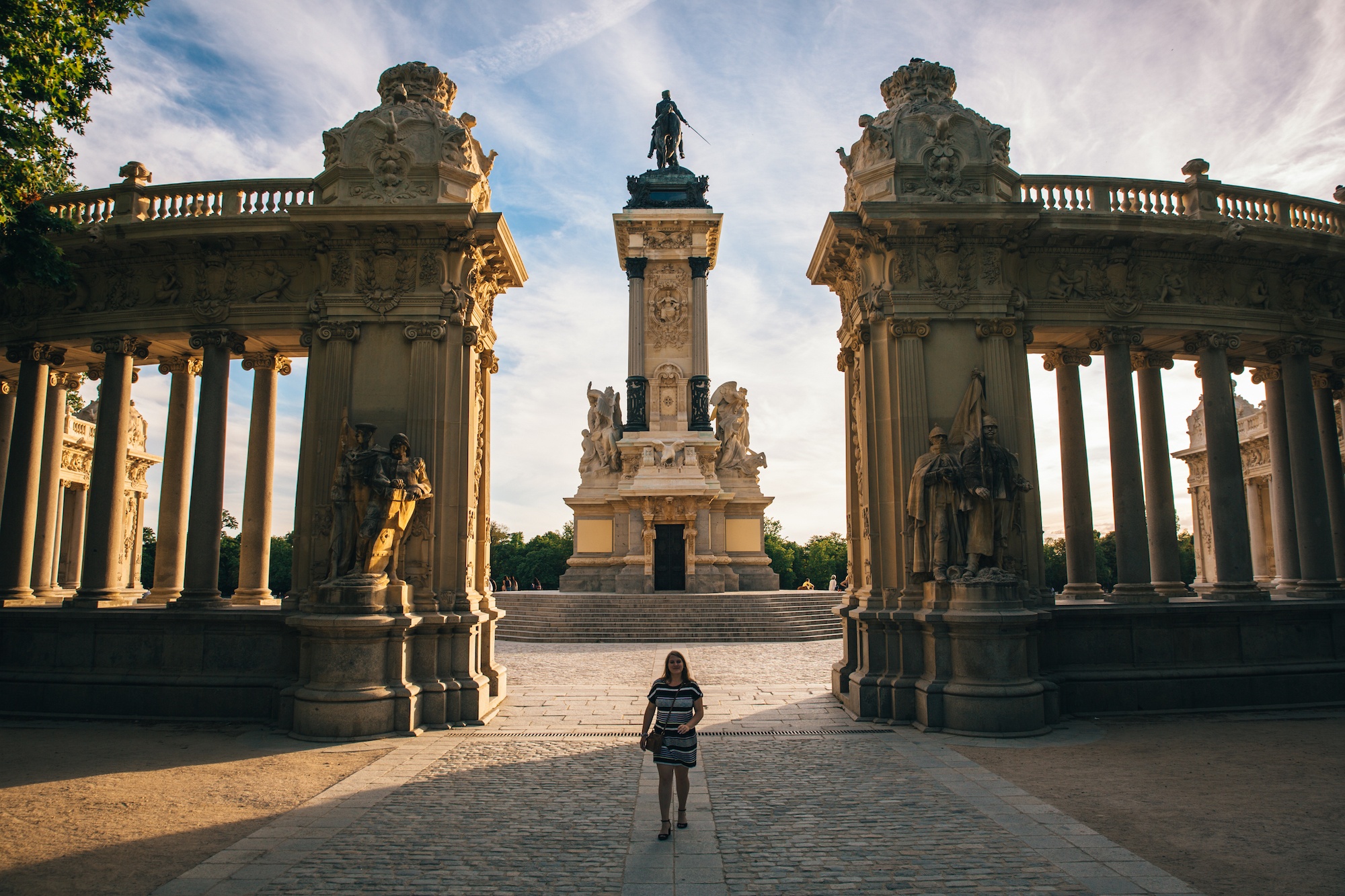
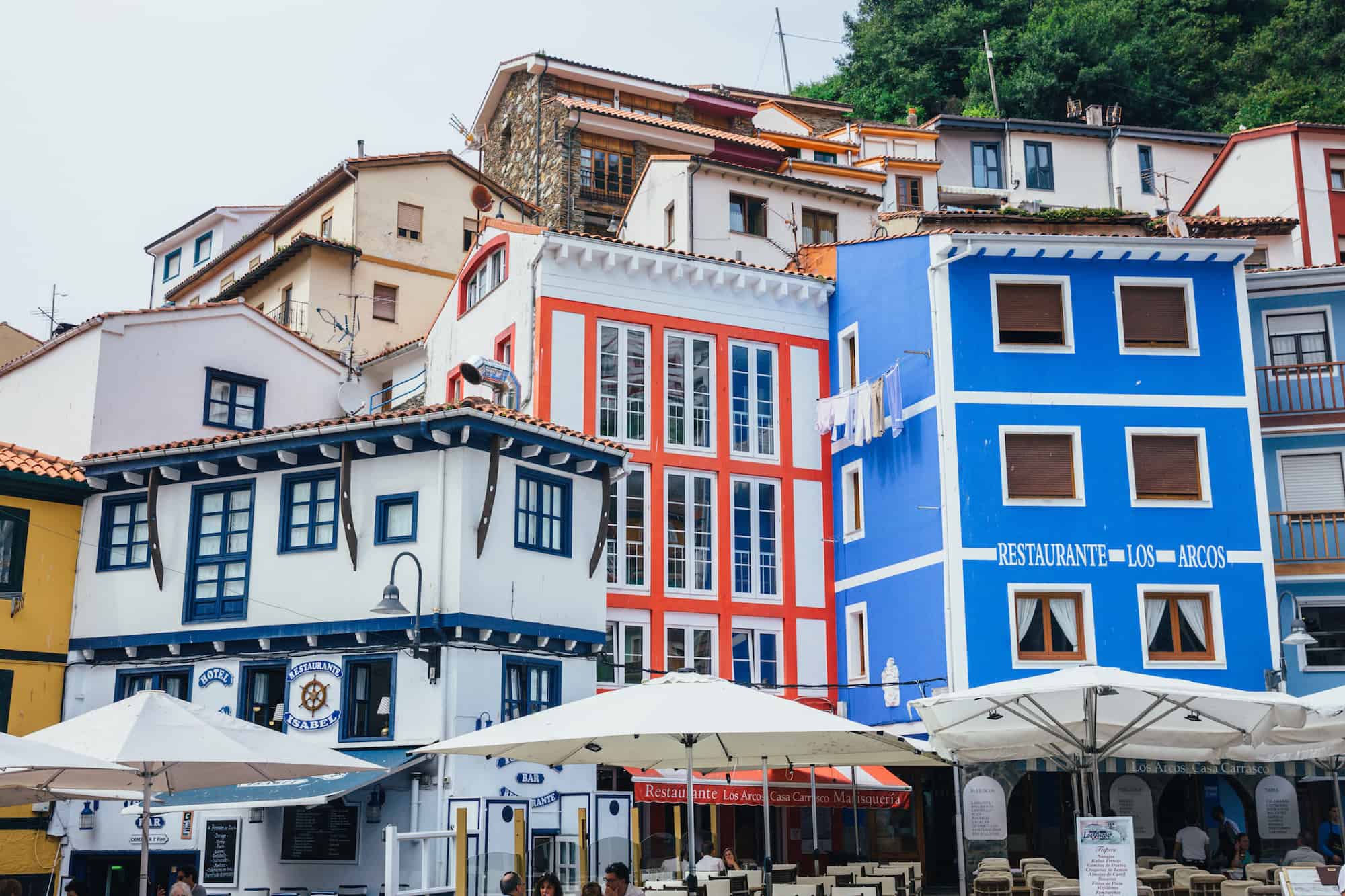
To describe my travel style at 19, I’d say it was pretty manic.
My eyes were bulging at all the new things I was soaking in, and my brain was exploding at everything I was learning (good and bad). I wanted to fill in all the blank pages on my own travel maps. This prompted things like taking day trips to Bratislava just to say I’d been to Slovakia. I couldn’t tick off everything on my bucket list fast enough!
It’s crazy to think about that now. I travel so differently these days. It’s taken me years to learn, but I feel my travel style has evolved into something entirely different. If I had to put a finger on it, I’d say it would be mindfulness. Along with my passion for conservation and sustainability, the big old lesson of being more mindful when on the road has come. Whether I’m spending one week in just one place or just turning off my phone for a while, supporting local and even being prepared with travel insurance, I’d say mindfulness, in general, might be the big theme of 2023 across the board.
Here are my thoughts on how to embrace mindful travel now. Enjoy!

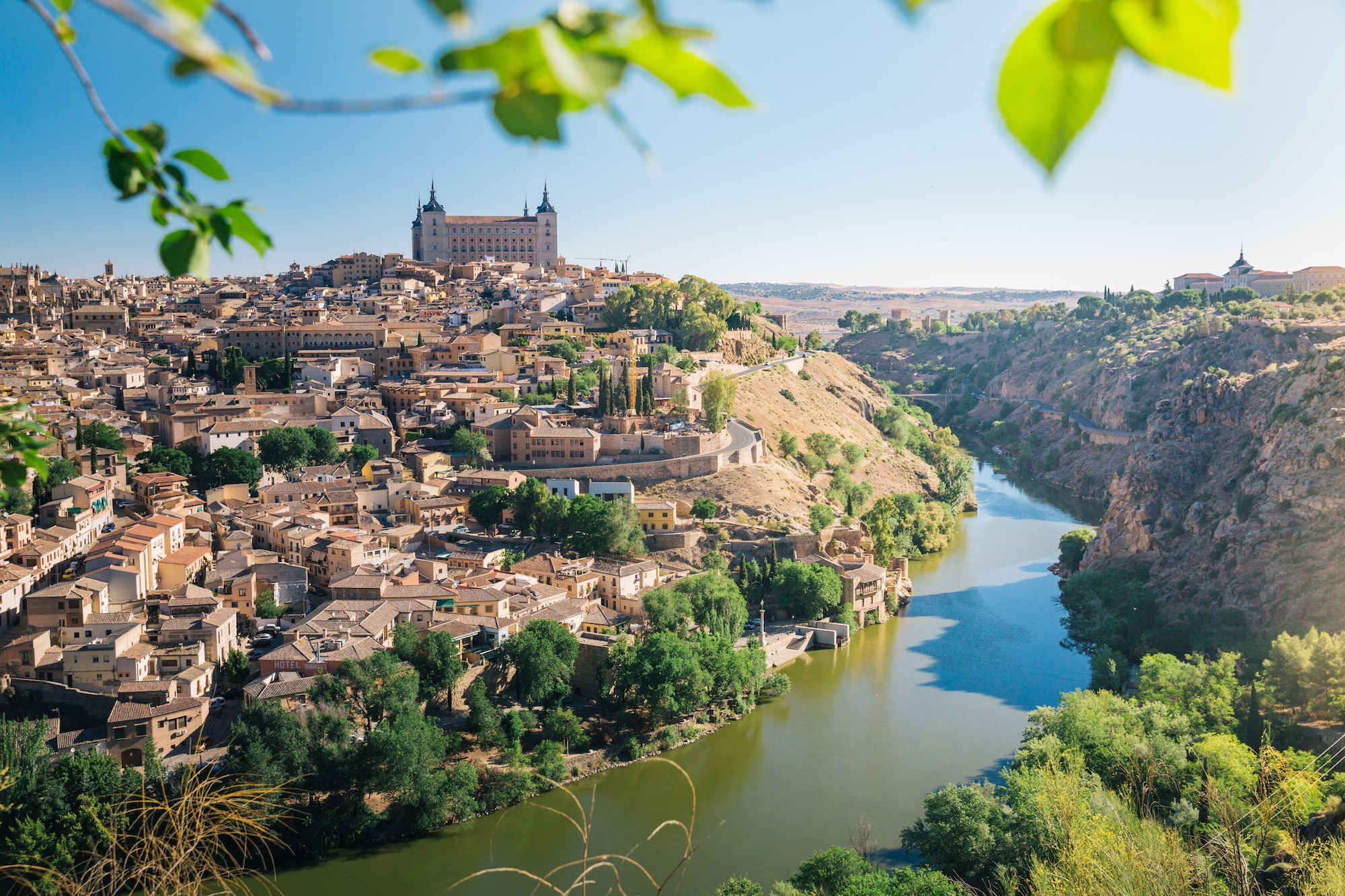
1. Don’t be afraid to slow down
I believe the biggest step anyone can take towards more mindful travel is to slow down. You don’t have to see every single thing to feel like a trip is worth it.
Instead of changing accommodation every day or two, book a place for a week and base yourself there. The longer you stay in one place, the deeper the stories, connections, and memories you’ll find. Instead of scratching the surface and taking a selfie, you’ll likely have some extraordinary experiences that only happen to those who slow down.
And for heaven’s sake, put your phone away. Seeing those photos of a million people standing before the Mona Lisa, I get so sad. There are so many more incredible museums and art to soak in around Paris.
Nowadays, I usually have my phone on airplane mode or do not disturb when I travel. I also have disabled all the notifications on my phone, barring emergencies and texts. It’s so easy to get sucked into the internet void. Create some distance for yourself and allow yourself to be present while on the road.
These memories last a lifetime.
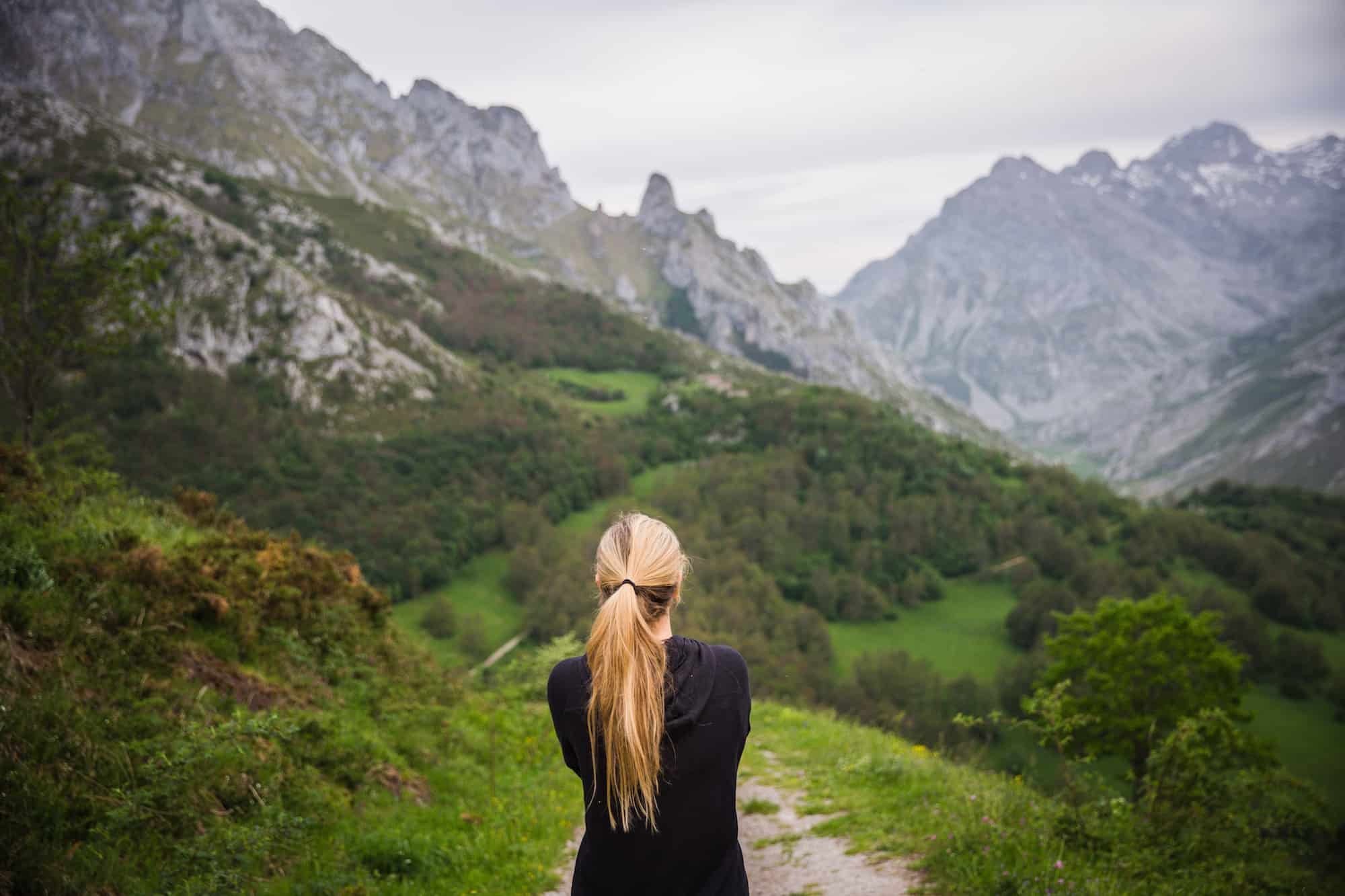
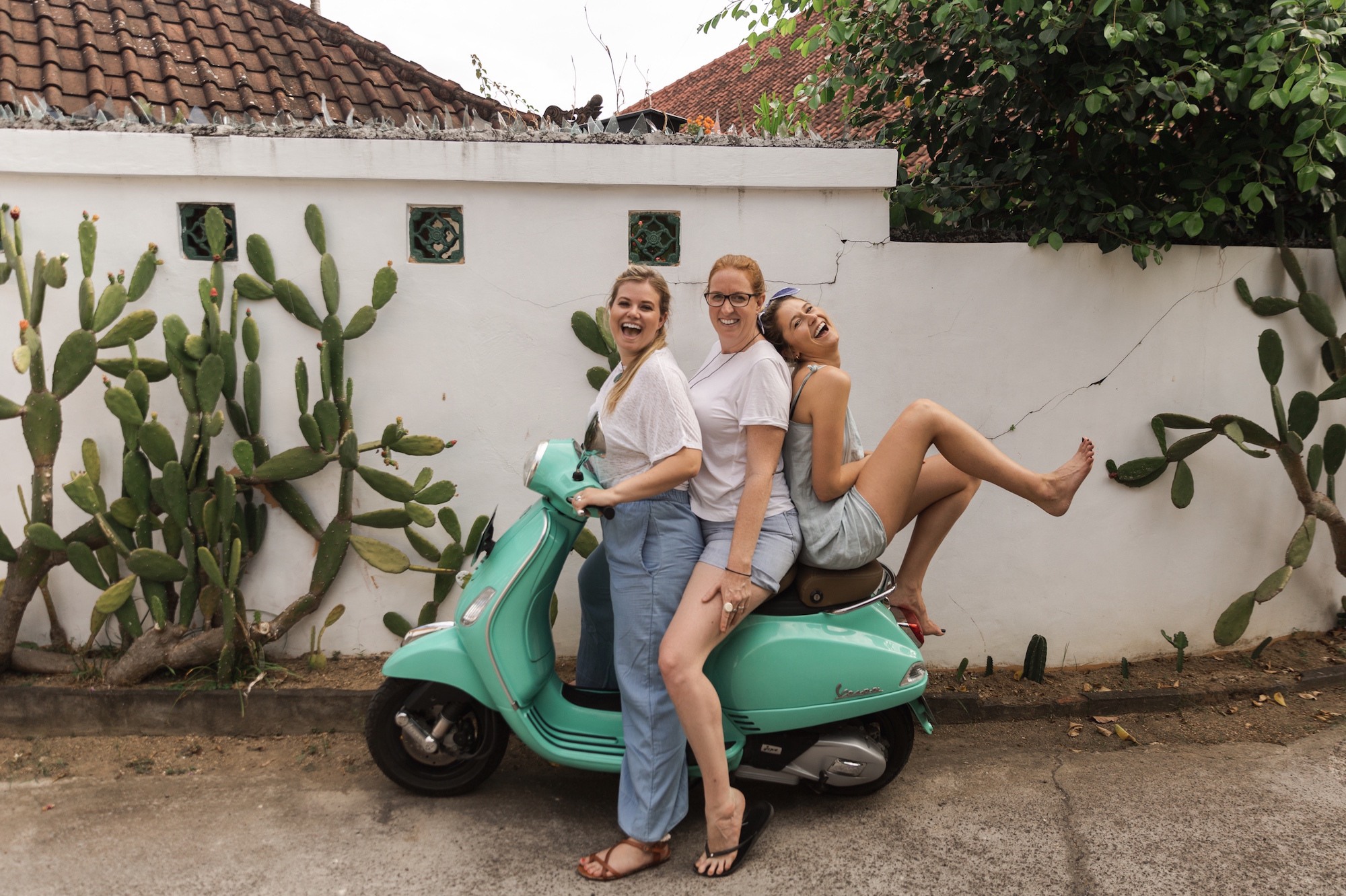
2. Be sure to respect local customs and cultures
The world wasn’t as “woke” as it is now, way back in 2007 when I started backpacking around the world. Only as we collectively evolve have I become more aware of other narratives and perspectives, especially of marginalized people. Sure, it sounds easy to say “respect local culture,” but in fact, it’s harder than you think.
I’ve been blogging for thirteen years now, and there are things I’ve written in the past that I wouldn’t write now. But even back then, I was coming to terms with this, especially regarding feminism and how to dress in conservative countries. Cue my crazy experience of getting harassed in Egypt or getting naked in Istanbul.
Travel is a privilege, and do some research before hitting the road. I think a lot about how to be a respectful traveler and what I’ve learned from past mistakes. This encompasses everything from learning a few key phrases in the local language. I don’t take people’s photos without permission, and I treat places with care and respect, not like a zoo. This has never been more important, especially around indigenous groups. Awareness, respect, and kindness are everything; it’s quite the lesson to learn just to be quiet and listen.
At the end of the day, respecting the local culture and customs is a core part of mindful travel. This isn’t about you – you’re in someone else’s home – their rules. I’m very careful about how I dress these days when I travel and how I behave. For me, to travel is to learn and to grow.


3. Be prepared
Here’s a secret tip I’ve learned (by accident) over the years about practicing mindful travel – be prepared.
Perhaps this goes without saying, but mindfulness is often synonymous with being conscious or aware of things around you. This means thinking beyond myself, my impact on others, and how not to cause challenges. As a magnet for misadventure, I couldn’t be more aware of this. Whether crashing a scooter in Bali, falling off a camel in Jordan, or interrupting a honeymoon sesh in the Maldives, I’ve always been a magnet for misadventure.
I learned long ago that the more prepared I am when traveling, the less burdensome repercussions I have on others. I think this speaks to the heart of mindful travel. Bring essentials to sustain you in an emergency and try not to challenge local resources (looking at you, the Australian man who had to be rescued twice from Mt. Aspiring for refusing to turn around in bad weather.) This can be anything from ensuring you’re prepared for all tramping scenarios. Perhaps you plan how your transport might look in small and remote places – so you don’t have to beg someone to wake up a taxi driver to get you there (Matera, Italy 2012). Or the easiest option of all? Invest in travel insurance.
Southern Cross Travel Insurance (SCTI) has long been my go-to provider for all things insurance-related on all my travels worldwide. Their annual comprehensive policies are perfect for someone on the go like me. They also offer single trip policies too. Their motto is “Relax; we’re with you.” Just what we need! It never crossed my mind to get travel insurance back in the day, and only after enduring various mishaps did I learn it was worth it. For me, nowadays, travel insurance is non-negotiable.
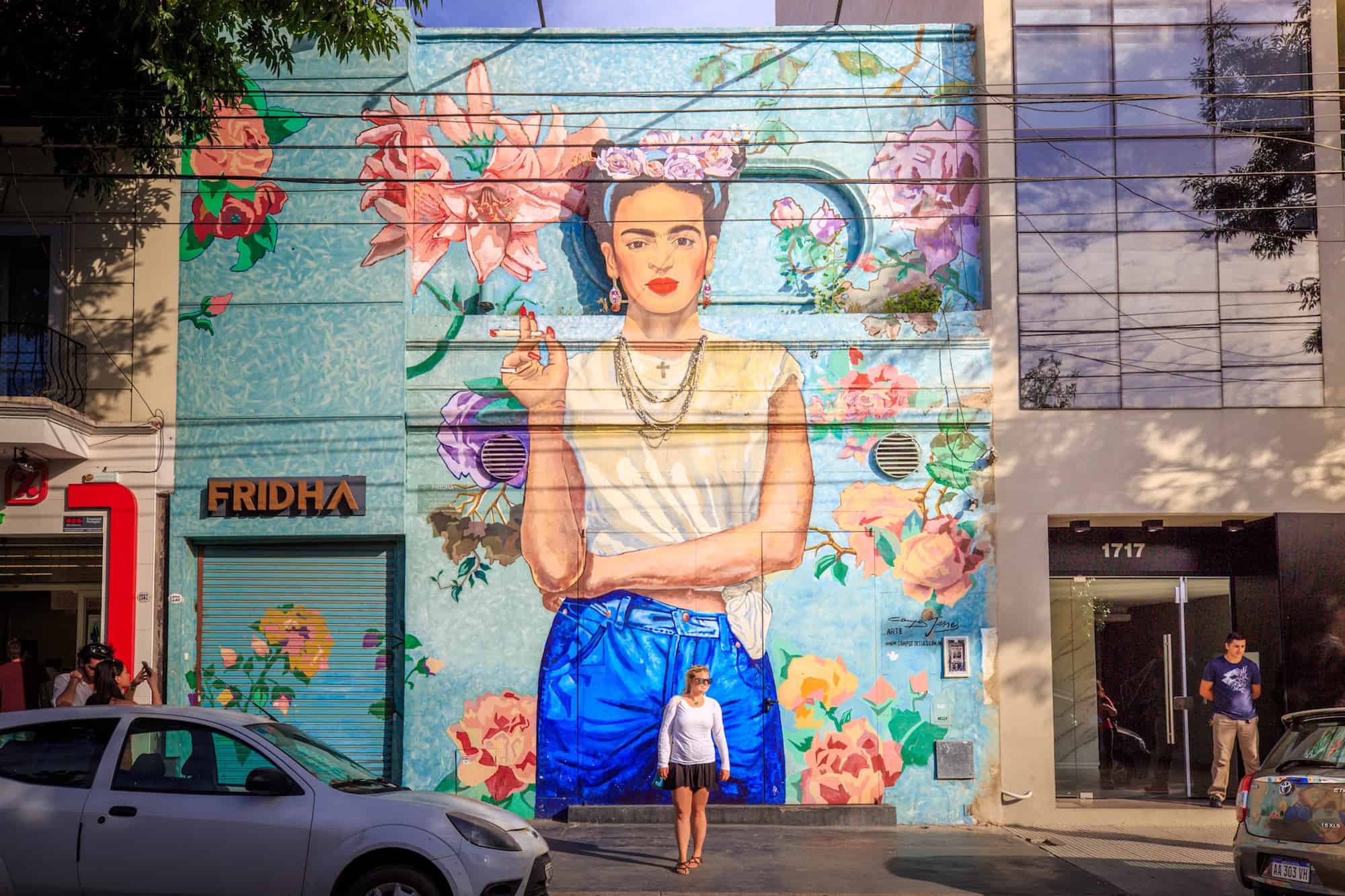
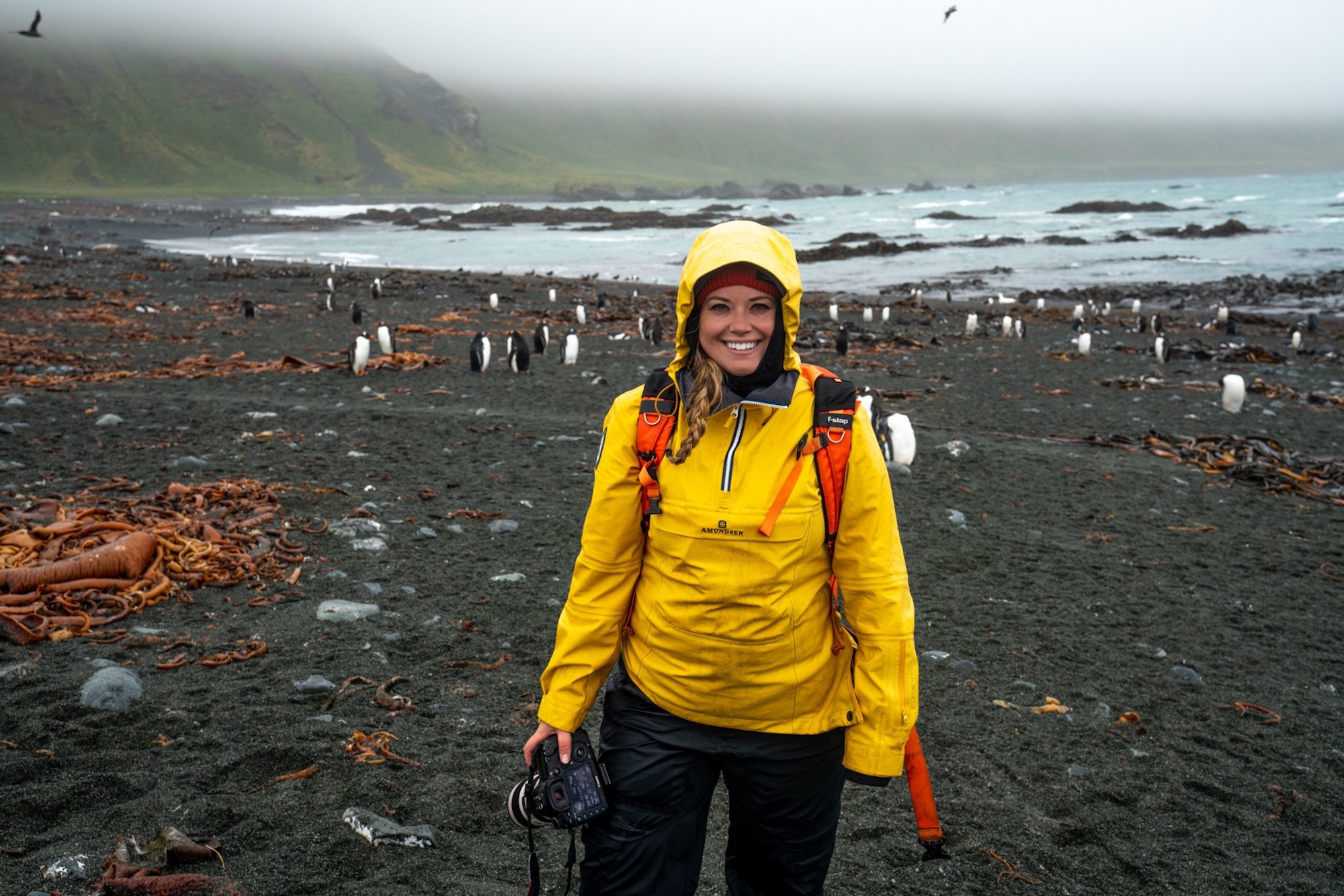
4. Embrace being offline
I cannot even begin to tell you how lucky I am that I began my travels in the pre-smartphone days. I know I’m showing my age, but for the first year I lived in Spain, I used calling cards to ring my family in the US and used the computer in the hostel lounges if I needed to book a room or send an email.
And I’m so grateful for it. And not only because there is no evidence of some of the stupid and embarrassing things I did.
Even though I traveled with a frantic energy of feeling like I must see and do everything, at least I was present.
I had a little point-and-shoot camera and journals. For the holidays while living abroad, I bought a rail pass and backpacked around Europe for a month, hopping on and off trains. I can remember that I chose to leave my old iPod (with the clicky wheel) in Spain because it would have been too much of a pain to charge it up on the road. I happily rode trains silently for hours with no technology and only a Lonely Planet for company. Seems crazy now.
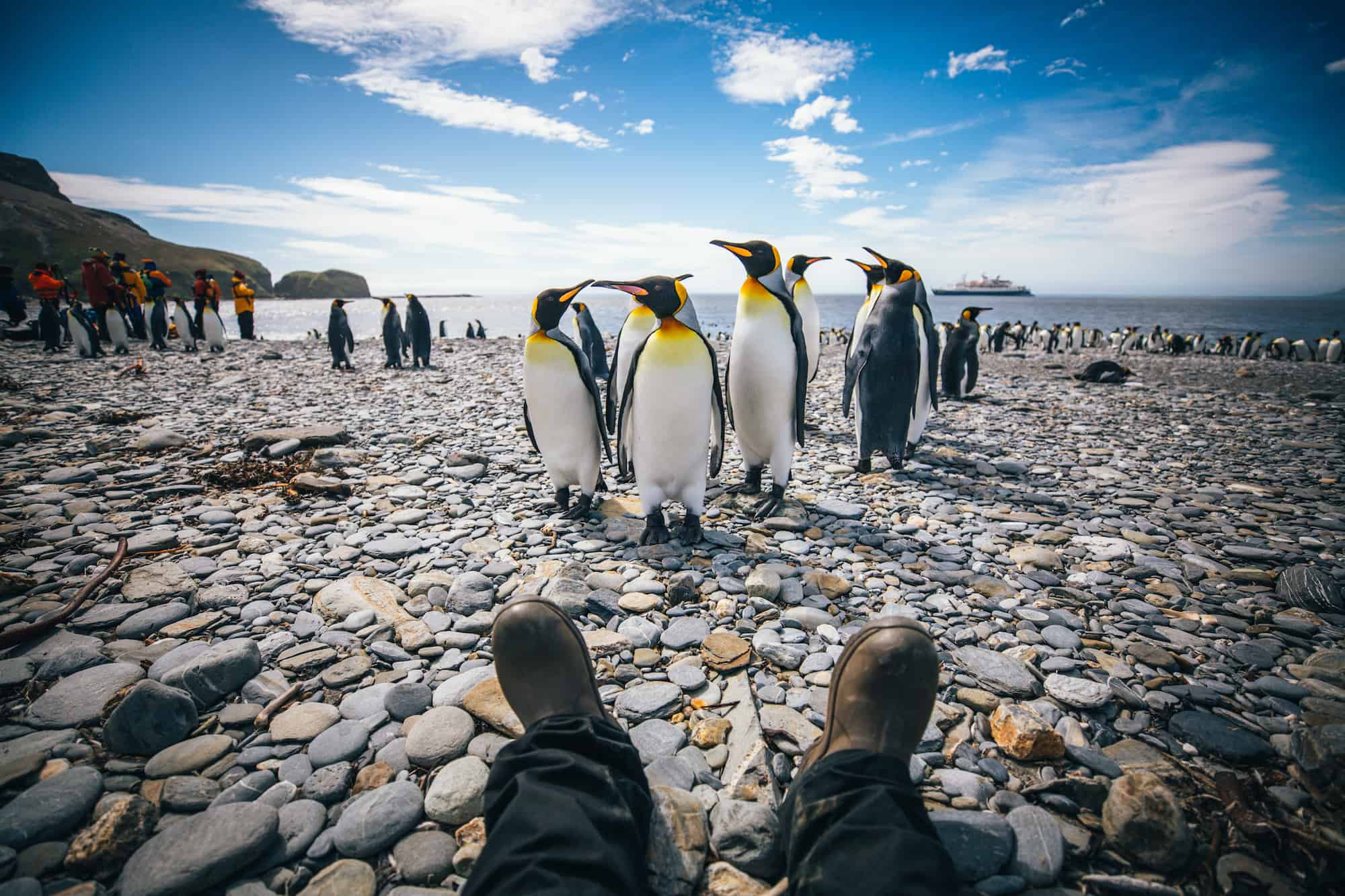
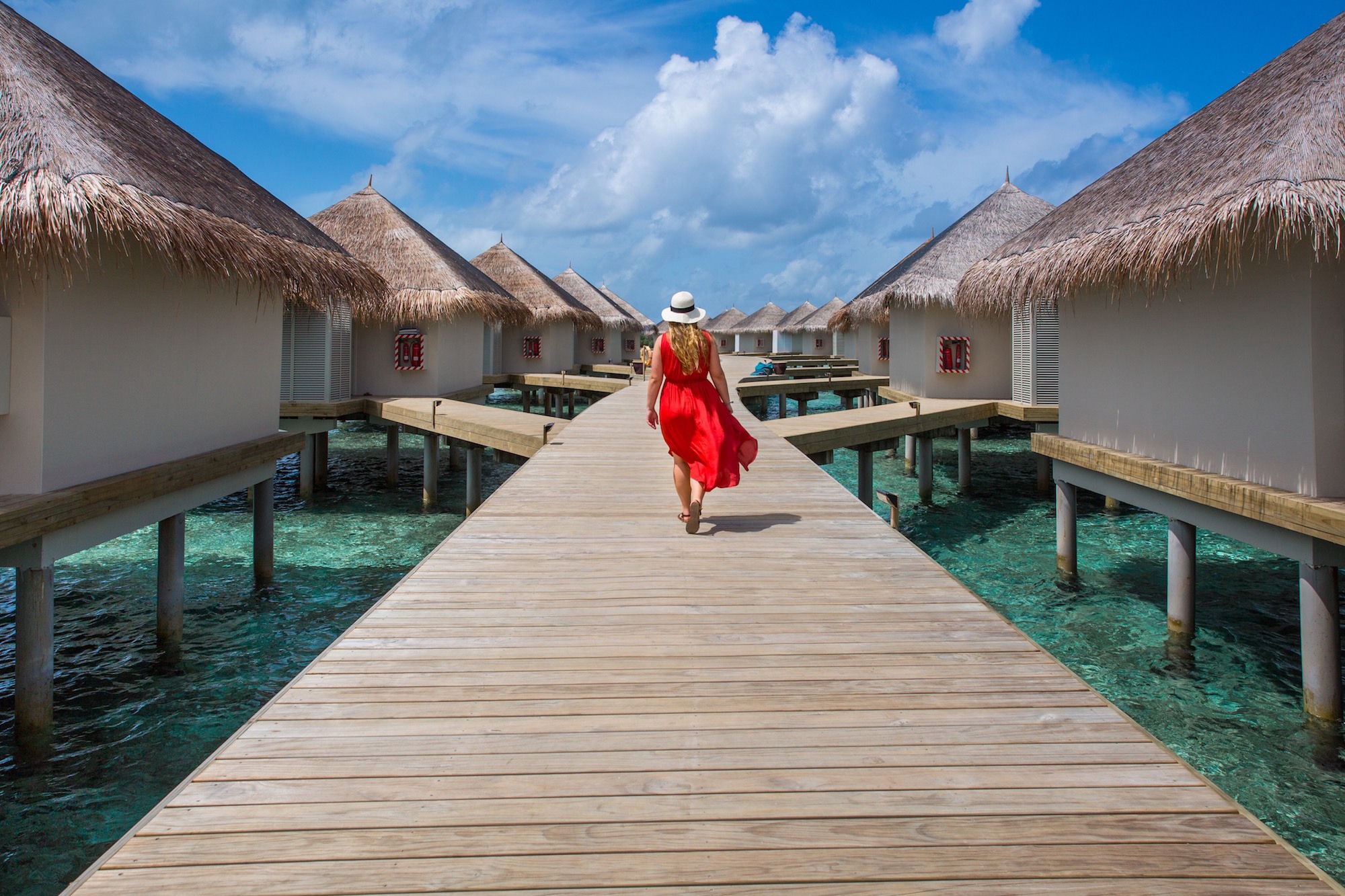
5. Support locals and local operators
Another easy way to mindful travel is to pay more attention to where you drop your dollars.
As a small business owner in a tourist town, I make a point now to try and support as many local businesses as possible when I travel. I know how much even $20 can mean. And I know how disheartening it feels to have dozens of people come into my shop from a cruise ship, take photos, and leave without buying anything. It is AWFUL.
Wanaka, New Zealand, is a very touristy place. It’s a small town, and it often feels like it’s bursting with tourists at the seams. In peak season, I can’t get a table at my favorite restaurant, and I’ve caught people camping in their cars by my driveway. I’ve seen people treat it like Disneyland, oblivious to how it impacts locals. Apart from bad behavior, the local communities bear the impact of tourism; at least make sure they get some kind of financial benefit from it.
But perhaps the biggest point here is being careful when visiting local cultural places. Try to ensure you’re putting your travel dollars in the pockets of the people whose culture you’re soaking in. Stay at a local home or apartment instead of a hotel chain. Try and book a tour with a local operator. It makes a difference.
Have any other tips to add to embracing mindful travel? Share!
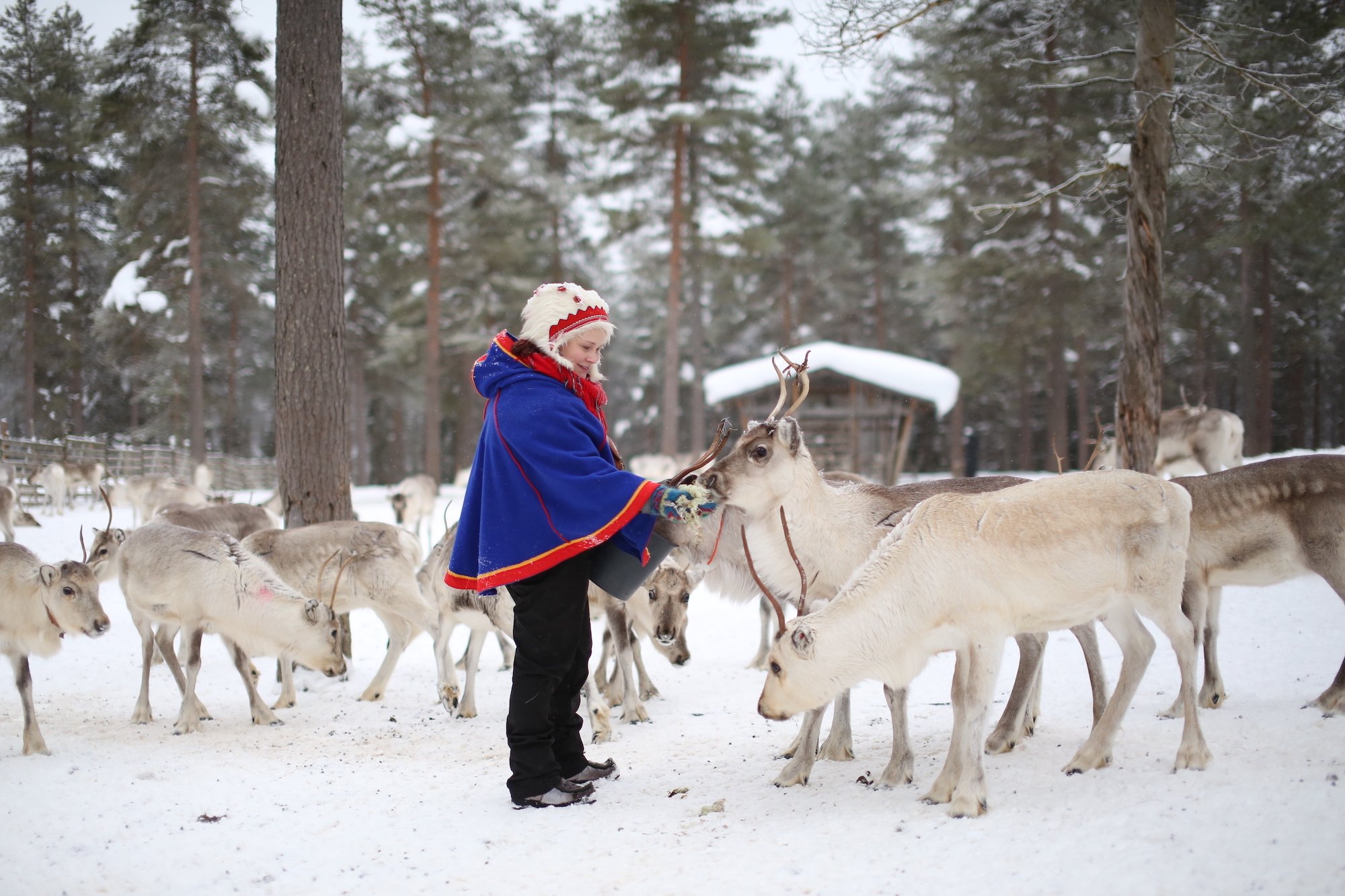
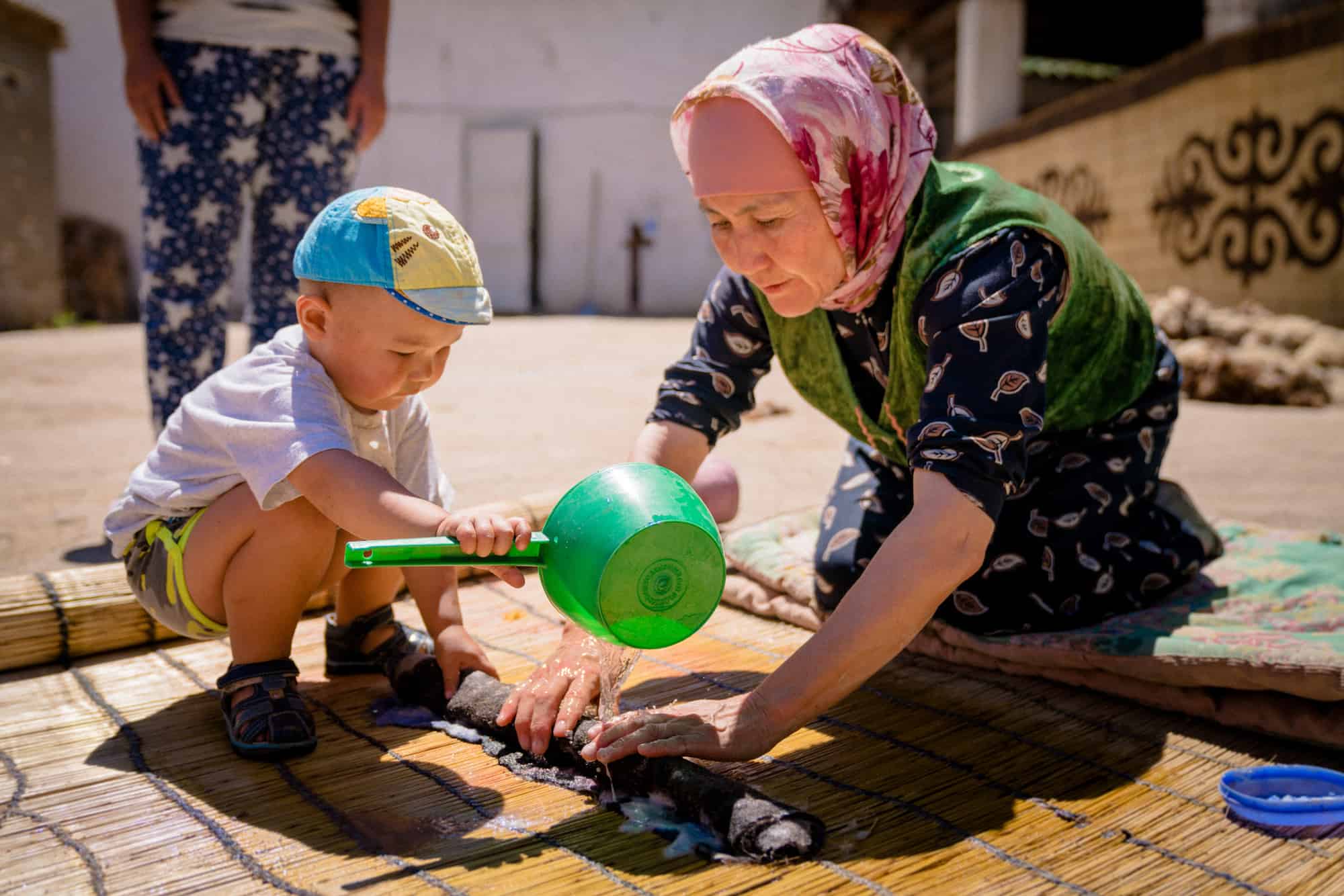
Many thanks to SCTI for sponsoring this post – like always, I’m keeping it real – all opinions are my own like you can expect less from me!
The post 5 tips for embracing mindful travel appeared first on Young Adventuress.




